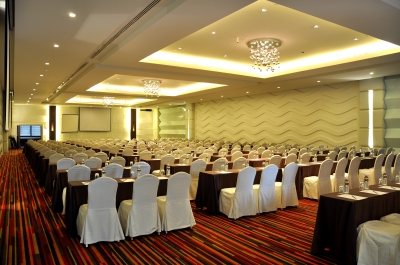“As iron sharpens iron, so one person sharpens another.” —Proverbs 27:17
You have a conference coming up. You harbor anxieties. The material will overwhelm you. The contacts you make will fall flat. Like past conferences, this one won’t make much difference in you or your work.
If you use the following tips, you’ll take steps forward in your area of interest. These tips are in addition to the standard conference tips, such as dress code.
∞
Tip 1: In each session, listen carefully to your fellow attendees who add comments. Experts sit among you. Possibly in the very area you need the most help, but is only briefly covered in the presentation.
Sometime after class, introduce yourself to this “expert.” Thank her for her helpful comments. Exchange cards and ask if you may email her with a question or two.
The result may garner a mentor, a valuable new friend, or simply answers to a couple of your questions.
∞
 Tip 2: Don’t get overwhelmed. Look for one gem said or done in each encounter and write it in your “notebook.” Then by conference end, you’ll have collected manageable jewels of information you didn’t have prior to the conference. You can build on these nuggets of knowledge. You don’t have to remember or learn everything.
Tip 2: Don’t get overwhelmed. Look for one gem said or done in each encounter and write it in your “notebook.” Then by conference end, you’ll have collected manageable jewels of information you didn’t have prior to the conference. You can build on these nuggets of knowledge. You don’t have to remember or learn everything.
Most learning is a process, anyway. Perhaps at this conference, you’re only to become familiar with terminology and processes on a particular subject. This will prepare you to take in more specific information and understanding in future encounters or during research on the subject.
∞
 Tip 3: What some of us call divine appointments at conferences are most often with people other than ones you’ve targeted. Yes, it’s good to speak with agents, editors, gallery owners, the presidents of the company of your dreams, and well-known experts in your field.
Tip 3: What some of us call divine appointments at conferences are most often with people other than ones you’ve targeted. Yes, it’s good to speak with agents, editors, gallery owners, the presidents of the company of your dreams, and well-known experts in your field.
BUT more often, another attendee in line near you, at your lunch table, or sitting next to you in a session is a more valuable contact. He has an experience you need to hear. She has a friend who’s the perfect person for you to contact. So, note what these people share in your “notebook.”
∞
Tip 4: Help others you meet. You have expertizes. Maybe someone needs another person to listen to his idea. He may ask you what you think. You can tactfully give him your honest thoughts. Add him to your “notebook.” Although you help him because it’s the right thing to do, perhaps in the future he will remember you and return the favor. It happens.
∞
 Tip 5: If interviews are part of the conference, treat an interviewer as a person like you. He’s doing the best job he can to find the right person to move his work forward. You’re seeking to propel your work forward. Work together to see if a match is possible. This attitude can help take the tension out of interviewing.
Tip 5: If interviews are part of the conference, treat an interviewer as a person like you. He’s doing the best job he can to find the right person to move his work forward. You’re seeking to propel your work forward. Work together to see if a match is possible. This attitude can help take the tension out of interviewing.
Write in your “notebook” the things you learned about interviewing from your experience and incorporate them in future interviews.
∞
Tip 6: When you return home make time to create a post conference action plan and schedule the tasks. The following are suggestions:
- Go over your notes in your “notebook” and handouts. Sooner than later.
- Order materials recommended at the conference you listed as helpful to move you forward. Read them.
- Visit blogs and websites you jotted down as good resources.
- Send thank you notes (emails or notecards) to session instructors whose gems you wrote in your “notebook.”
- Contact the people you said you would.
- Choose a few of the most important actions you learned that would take your work to the next level. Schedule time to work on these few items.
∞
Now, having returned from a writers’ conference, I will make my action plan.
Can you share a conference tip that helped to propel your work forward?
[contact-form][contact-field label=’Name’ type=’name’ required=’1’/][contact-field label=’Email’ type=’email’ required=’1’/][contact-field label=’Comment’ type=’textarea’ required=’1’/][/contact-form]














 RSS - Posts
RSS - Posts